-
Lohff & Pfeiffer
About Lohff & Pfeiffer
Iimprint
Contact
Newsletter
Location
L&P team
- Instruments
General
Trade options
About clarinet
Search specific instrument
Ab-clarinet
Eb-clarinet
D-clarinet
C-clarinet
Bb-clarinet
A-clarinet
Mozart basset-clarinet A
G-clarinet
Bassethorn F
Alto-clarinet Eb
Bass-clarinet
Contraalto Eb-clarinet
Contrabasse Bb-clarinet
German-Albert system Bb
Reform Boehm A & Bb
Peter Bastian Instruments
Plateau clarinets
Quartertone clarinet
- L&P Optimization
Optimization
Customization
Specialities
Special Keywork
- Accessories
General
Care products
For instruments
Reeds
Tools for reeds
Straps and hand rests
- Repair
Book time
About Repair
Maintenance
Plating-Surface treatment
Pads
Padding style
Cracks
Tone hole problems
Joints
- Tips & Advice
How to..
Videos
Worldwide external information
Problems & help
Education & learning
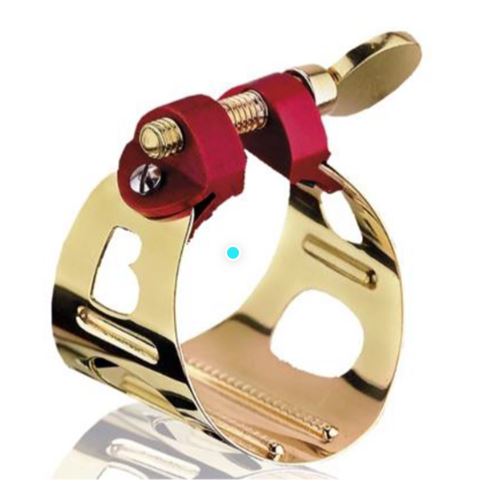
.Ligature
Ligature Ligatures, also called blade holders, have been developed to easily and securely attach the blade to the mouthpiece so that the blade can swing freely, and there are many different concepts and combinations that make clear categorization more difficult.
”Blatt schnur”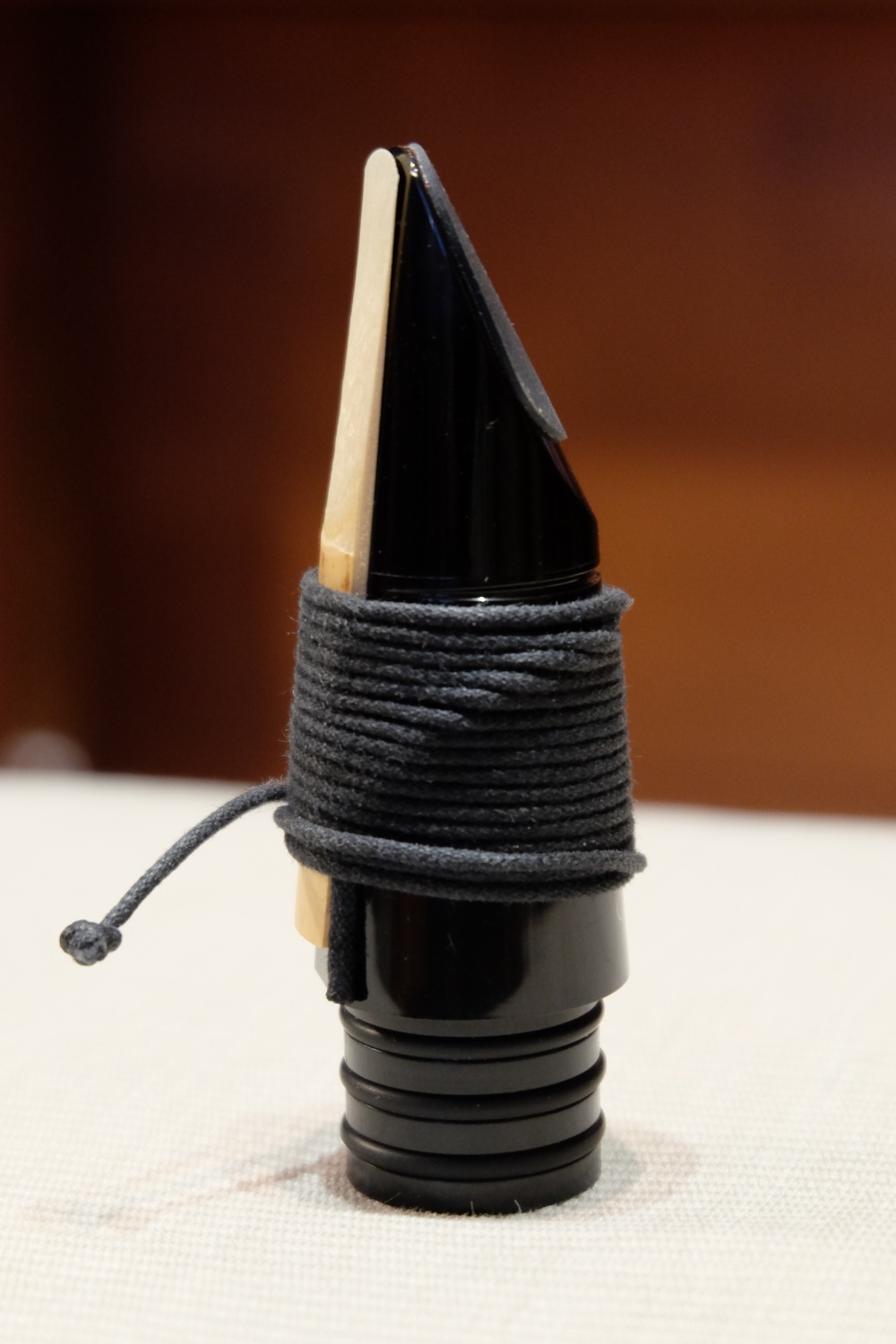
The oldest and still preferred type in Germany is the leaf cord, a simple, firm cord that binds the leaf to the mouthpiece. It is inexpensive and, after some practice, quick and easy to use, but less practical if you want to quickly compare blades or mouthpieces. To ensure good adhesion, the mouthpiece should have special grooves and a burr on the top to prevent leaf slides. (Picture)
Ligatures made of metal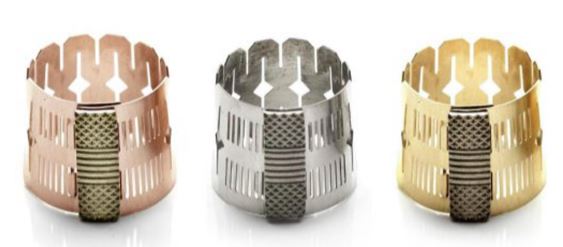
Metal ligatures hold the blade firmly on the mouthpiece. Some press the leaf over the entire length of the leaf shaft to the mouthpiece, so that only the free end of the leaf can vibrate. (Image) Avoid those that have sharp edges and can cut into the mouthpiece body.
Other ligatures have smaller contact points or grooves that give the leaf more freedom to swing over its entire length. (Pictures) Advanced models have exchangeable pressure plates that give different pressure points to choose from
Material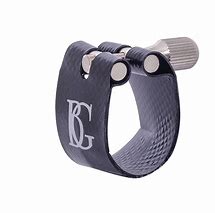
Both the mass and the surface finish can have an impact on the sound. The well-known mass effect, which we also know from pears, also applies here. Heavier blade holders that have been gilded, for example, give a fuller sound. To prevent scratches from the ligature, you should make sure that it has no sharp edges. On the other hand, mouthpiece rubbers or strong tape can be glued to the mouthpiece. This applies in particular to the point at which the ligature is located.
Ligatures made of textile or leather material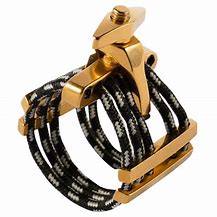
Ligatures made of softer materials such as rubber or leather help to produce a softer, less focused sound. They can wear out over time and then need to be replaced, so they should not be too tight, otherwise they will expand. However, this also means that the sheet can be tensioned less tightly, which reduces the overtone spectrum.
Form of the ligature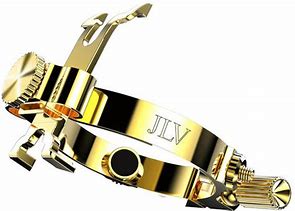
Some mouthpieces have a more tapered body than traditional mouthpieces. They require special ligatures or ligatures with a more flexible material. These mouthpieces will have a lighter shade because the mouth is not so wide open.
Ligature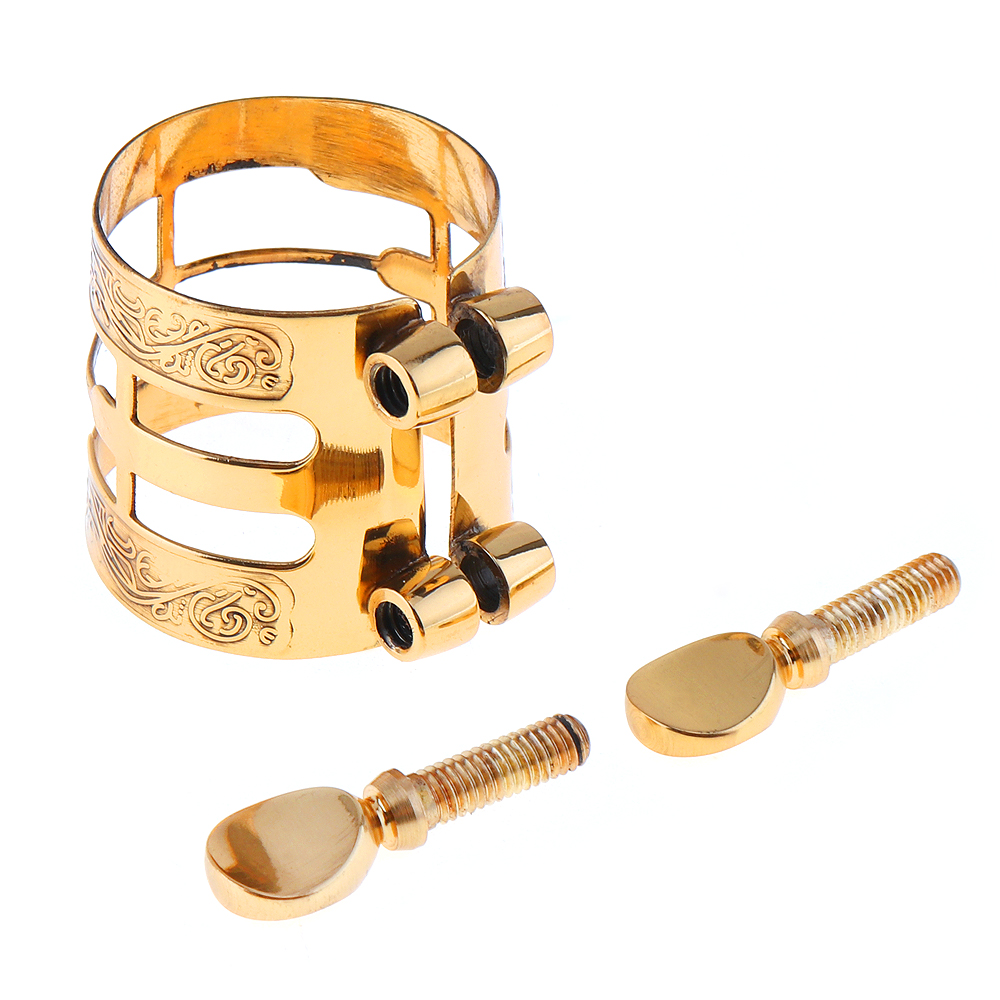
Another important criterion is the number, type and positioning of the ligature screws.
For ligatures with two screws, always tighten the screw - near the tip - to prevent the leaf from slipping. Some asymmetrical ligatures tend to push the page aside when tightened.
Tip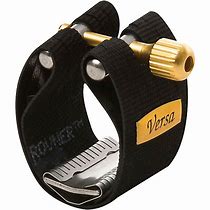
Always keep spare ligature or order it at the same time. Later it becomes very difficult to get a replacement.
Most screws are not very well made. The thread angle of the ligature nut changes when tightening. Large thread tolerances are therefore necessary to be able to close reasonably. These threads are quickly overtightened. Better ligatures have screws with opposite threads and 2 threaded rods that always rotate at right angles to each other. (Picture Vandoren)
Warning
Ligatures that are tightened too much can actually warp the mouthpiece. The thread can also be over-tightened, which would render the ligature worthless. The screws should never be turned to their limits and the two halves of the ligature should not touch each other,
Mouthpiece Caps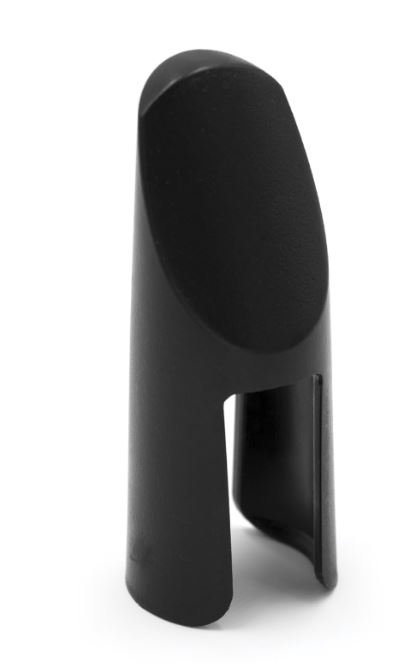
Ligatures should always have a mouthpiece capsule that fits them. It sho
Help us to get better
Was this article helpful?
Comments, additions or questions are always welcome at: info@clarinet.dk(C) 2014 - by Lohff & Pfeiffer - Brøndbyvej 211 - 2625 Vallensbæk + 45 3535 8643 - SE DK 1895 7485 info@clarinet.dk - Instruments






